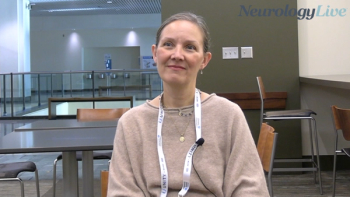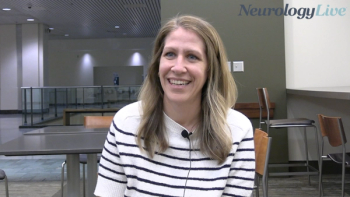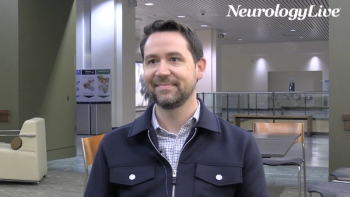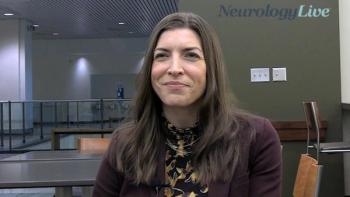
Vishal Patel, MD, on the Potential Advantages of a Gene Therapy Approach for Polycystic Kidney Disease
Patel discussed the potential advantages of his team’s gene therapy approach compared to an investigational PKD drug.
“Polycystic kidney disease is a dominant disorder, which means 1 copy of a gene is gone, the other copy is still around. There are many, many, many other dominant disorders that have a similar genetic makeup: one copy is around, the other one is gone. Our study showing harnessing of the remaining copy could be easily applicable to many of the other genetic disorders. Again, there, you would get to the root cause and would be able to harness the remaining copy...”
CGTLive spoke with Vishal Patel, MD, associate professor, Department of Internal Medicine, Division of Nephrology, UT Southwestern Medical Center, the corresponding author of the recent Nature Communications study, about his team’s research and the potential advantages of the approach they identified. Patel first provided background information about how RGLS4326 functions, explaining that it inhibits microRNA17, allowing for increased expression of PKD1 and PKD2, the disease-targeted genes. He then explained the limitations of this approach, and how his team’s newly identified gene therapy approach, which involves deleting the sites on PKD1 and PKD2 mRNA to which miR-17 binds, could improve upon these limitations.
Patel also discussed the limitations of his team’s own study, pointing out that the research is still a proof-of-concept. He identified several areas of interest for future research, such as developing the gene therapy approach into a fully-fledged treatment for clinical evaluation in PKD. He also discussed the potential of applying a similar approach to other autosomal dominant genetic diseases.
REFERENCE
Lakhia R, Ramalingam H, Chang CM, et al. PKD1 and PKD2 mRNA cis-inhibition drives polycystic kidney disease progression. Nat Commun. 2022;13(1):4765. Doi: 10.1038/s41467-022-32543-2
Newsletter
Stay at the forefront of cutting-edge science with CGT—your direct line to expert insights, breakthrough data, and real-time coverage of the latest advancements in cell and gene therapy.











































